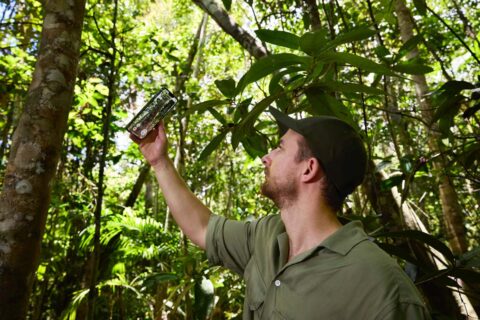Apple’s Restore Fund has embarked on several new projects, including a rejuvenatation of the Atlantic Forest in Brazil, emphasizing its commitment to innovative environmental solutions. By investing in sustainable forestry practices, Apple aims to demonstrate that it’s possible to achieve financial returns while significantly benefiting the planet.
The project aims for large-scale impact, planting over 1 million seedlings in 2024, supported by advanced tech for carbon storage assessment. The initiative not only supports carbon removal but also contributes to biodiversity and local livelihoods.
Apple is not just supporting these projects financially, but providing technology to assist with such large-scale work too. For example, the iPhone’s LiDAR scanner can help determine the age and growth rate of trees. This can be combined with satellite data and machine learning to analyze and plan the next stages of the project.
“When businesses invest in nature, they’re also investing in healthier communities, a more resilient global economy, and a critical tool in the fight against climate change,” said Lisa Jackson, Apple’s vice president of Environment, Policy, and Social Initiatives. “The Restore Fund is already delivering real benefits for communities and ecosystems in South America while removing carbon from the atmosphere. And we’re thrilled to see suppliers join us by investing in nature on top of their urgent work to decarbonize their businesses.”
This all comes as part of the ongoing Apple 2030 project, which aims to make the company’s “entire value chain” carbon neutral by the end of the decade. Much of that will be achieved by reducing emissions in the first place, while projects like the Restore Fund provide “high-quality carbon removal” to offset any remaining carbon emissions.


